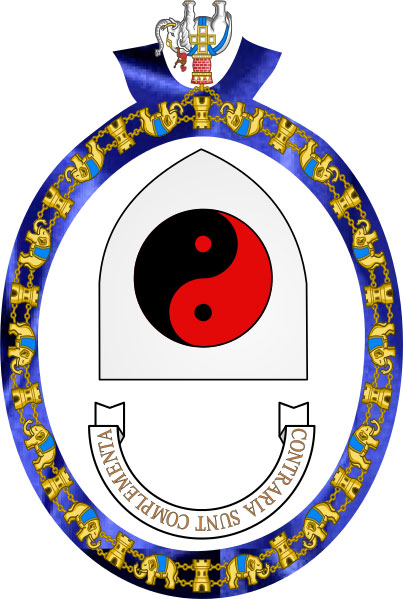If a commonly-held core assumption in our field were overturned, how would things look?
Last time, I challenged you, in the spirit of complementarity, to question some of your favorite assumptions. Here is an example. The ISMRM prides itself on a collaborative culture bringing clinicians together with basic scientists. We connect clinical needs with technological solutions. It’s what we do. Indeed, if there is one thing of which I am proudest about our Society, it may well be this. A collaborative culture leads directly to innovation and impact. Of course it does. Confirmatory examples abound. Bell Labs. Google. Your own laboratories, I should hope.
Yes, but what if we have taken our collaborative culture too far? Old-timers like me often hark back to the Great Debates (or even the petty but no less strident controversies) of ISMRM meetings long past. Are our debates more civil now because we have matured, or rather because we have stopped asking some of the most difficult questions? Are we enlightened, or merely comfortable? Are we giving crazy ideas their true, tumultuous due? I often tell my beginning students to take advantage of their ignorance, before too much received wisdom makes it way in.
As a field, have we lost our ignorance? And can we get it back?
Now, for the second part of the challenge, let us imagine how things would look if we questioned the limits of the ISMRM’s collaborative culture. Don’t get me wrong. I am not advocating for a habit of divisiveness and cantankerous disrespect. Far from it. That would be no more informative, and far less pleasant, than a habit of easy consensus. But what would it look like if we made consensus a little harder to come by, setting standards, say, for the truth of one model or method over another, rather than embracing them all as a tribute to our collective creativity? Might we hold workshops devoted to the things we are doing badly (compared to other modalities of imaging or tissue characterization, for example), rather than always bringing each other up to speed on the latest incremental successes? Might we develop highly competitive incubators for efforts devoted to fixing what we are doing poorly? Would we be quicker to identify certain areas of research as dead ends? Would we give pride of place at our meetings to other ideas that seem foolish, if they are of high potential impact? Would we change the content, or the number, of our journals, to reflect emerging trends and priorities in fields beyond our own, rather than quietly submitting some of our favorite work elsewhere in search of higher impact factors? How, I wonder, could we challenge each other, if we weren’t quite so busy going about our business as usual?
OK, now it’s your turn. If another commonly-held core assumption in our field were overturned, how would things look? What is an assumption you hold dear, whether about the content of our science or about the practice of our art, that might benefit from re-examination? Please let me know! Or else, go ahead and start a conversation with someone in your circle whose opinion you value. As the fall progresses, and as we get closer to opening up our ISMRM strategic plan for general discussion (remember our strategic plan? See post #1: https://www.ismrm.org/presidents-corner/presidents-corner-1-connecting-mr-in-a-changing-world/), we will explore various means of bringing discussions like this to the fore, whether in tweet chats, or in virtual meetings, or in the now famous ‘secret sessions’ pioneered by this year’s AMPC chair, Karla Miller.
In the meantime, remember that deep truths are out there. You will know them by what they contradict.
Next time: Let’s talk about AI
(Image: Coat of Arms of Niels Bohr (inverted), via Wikimedia Commons)





